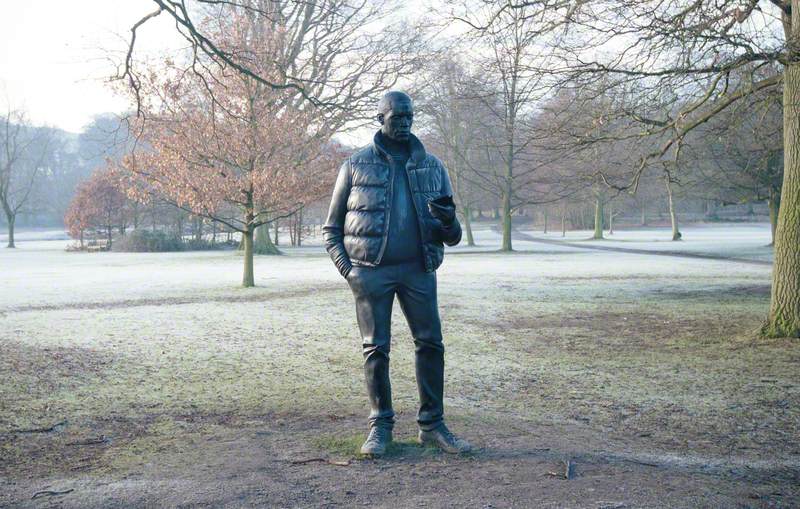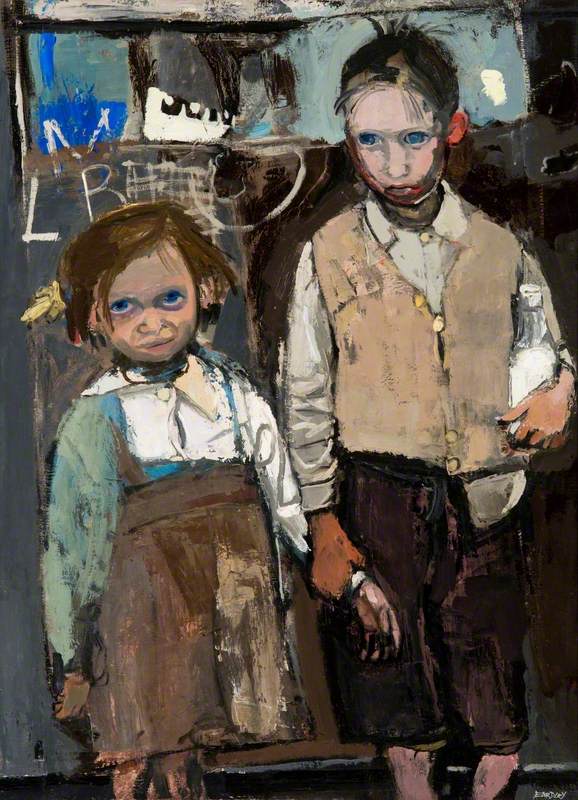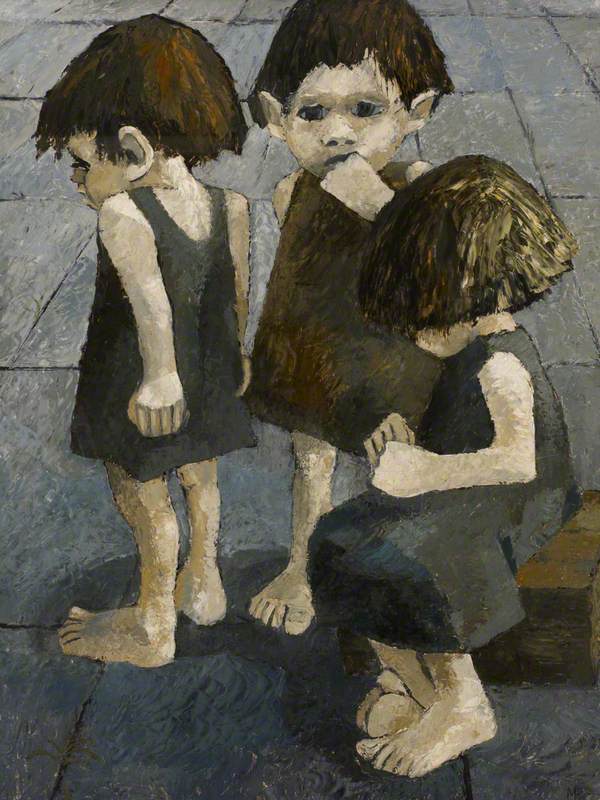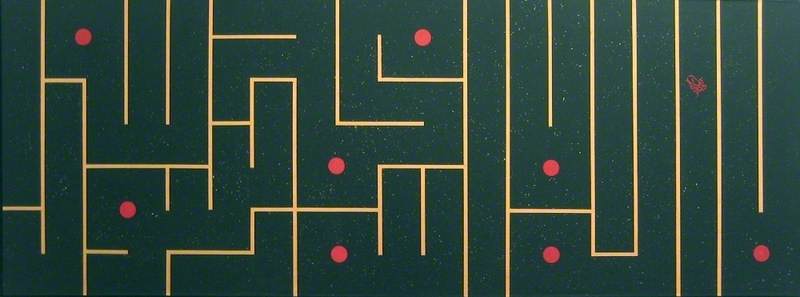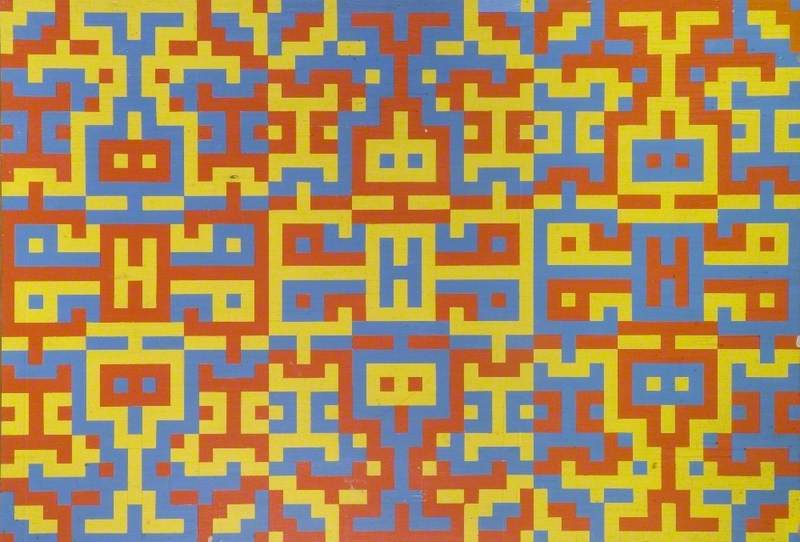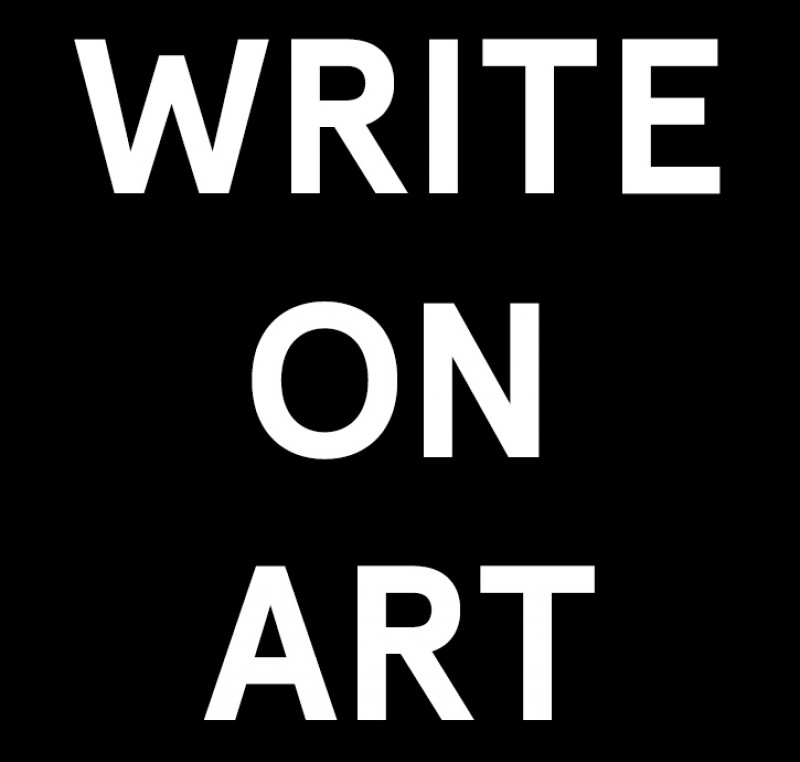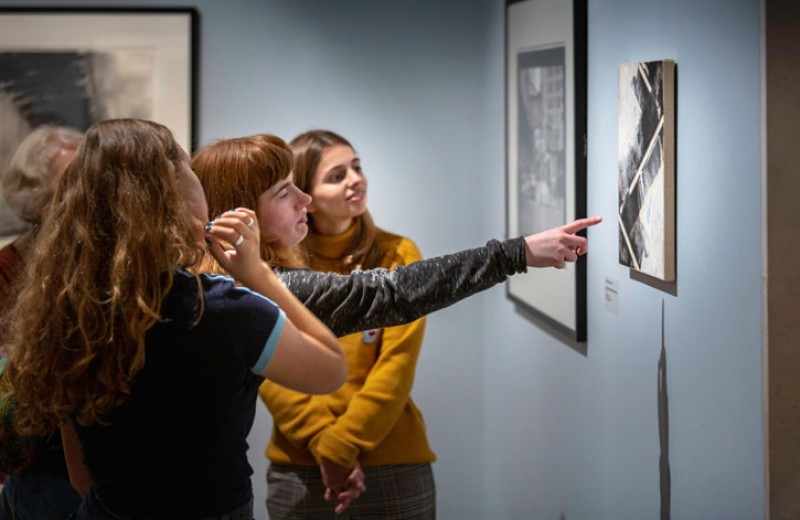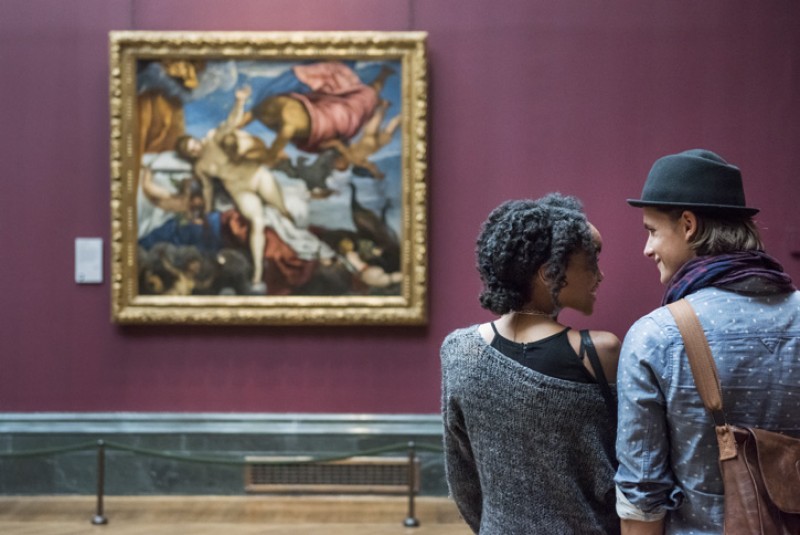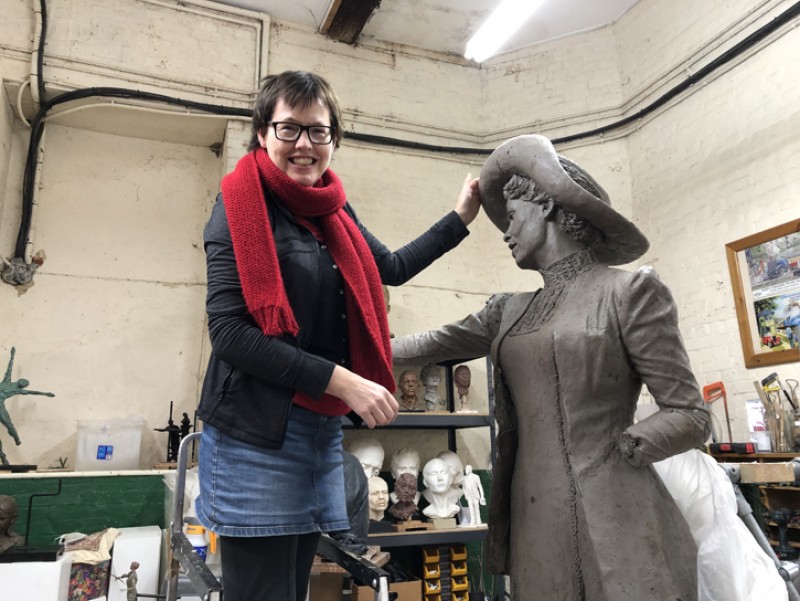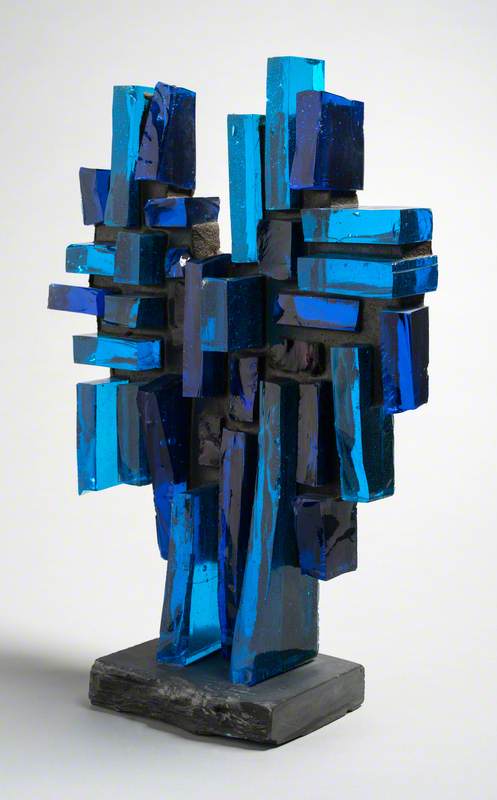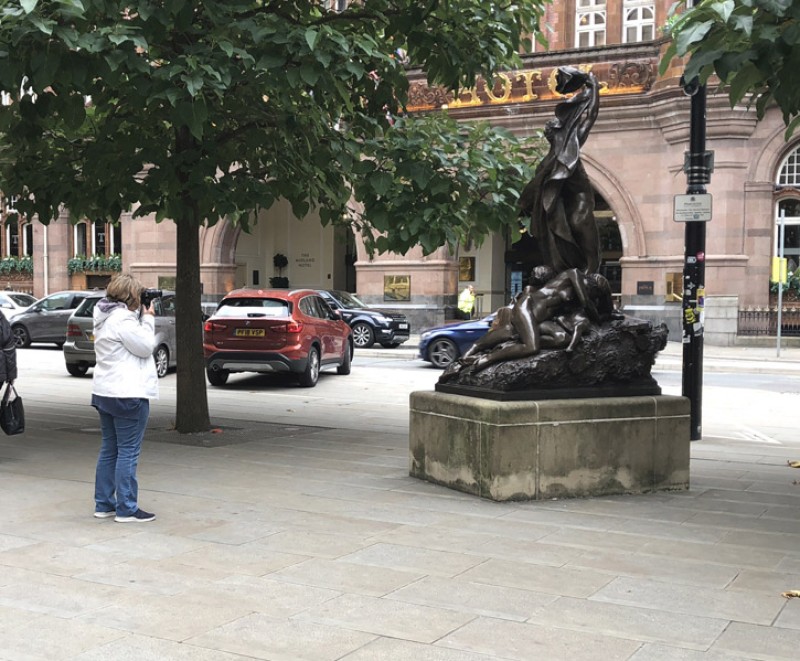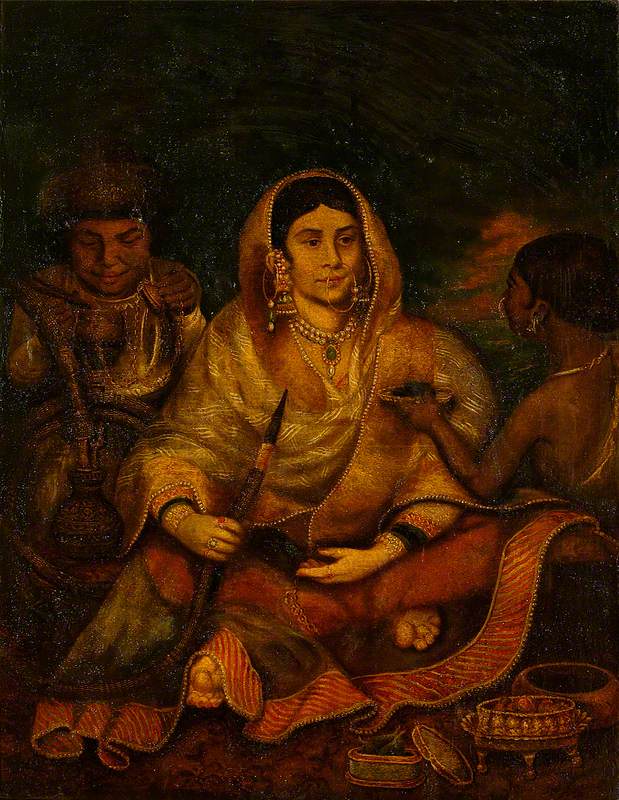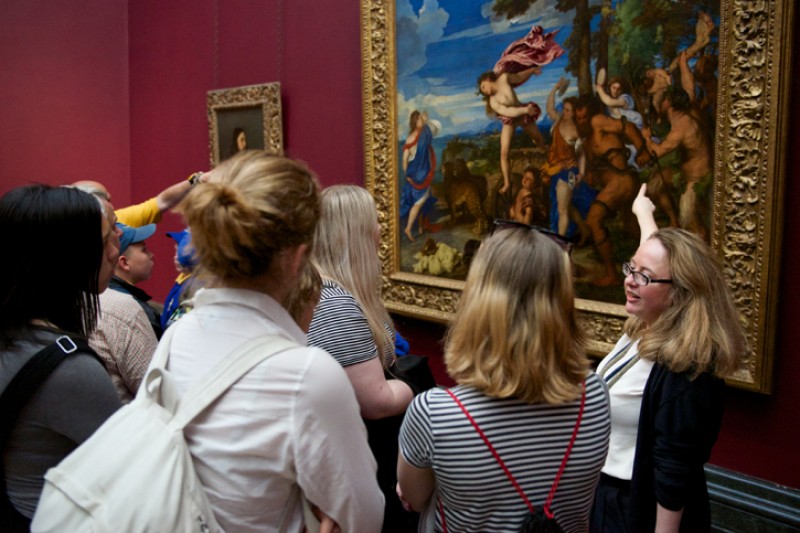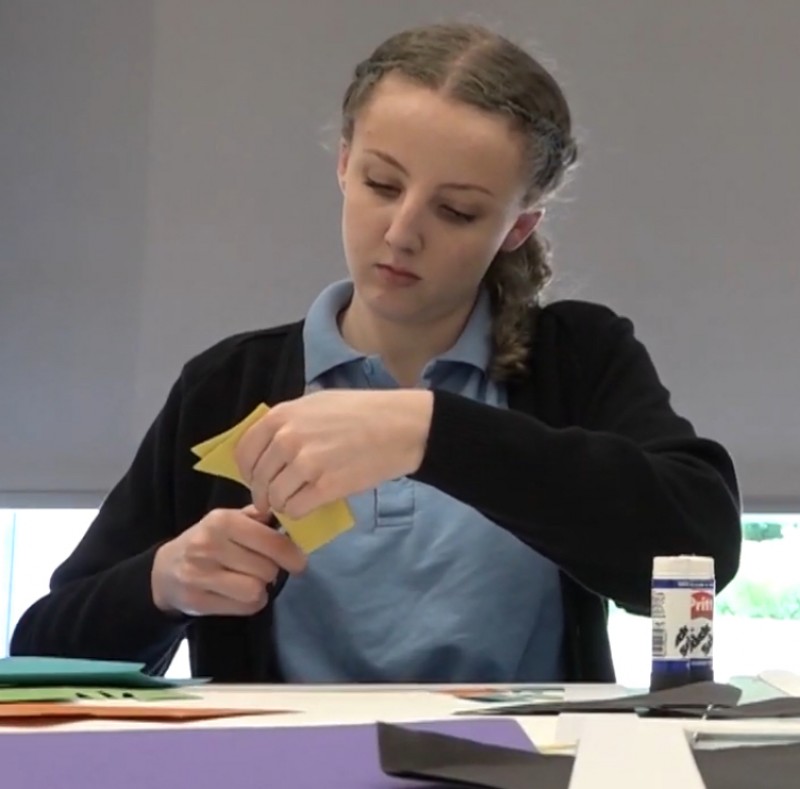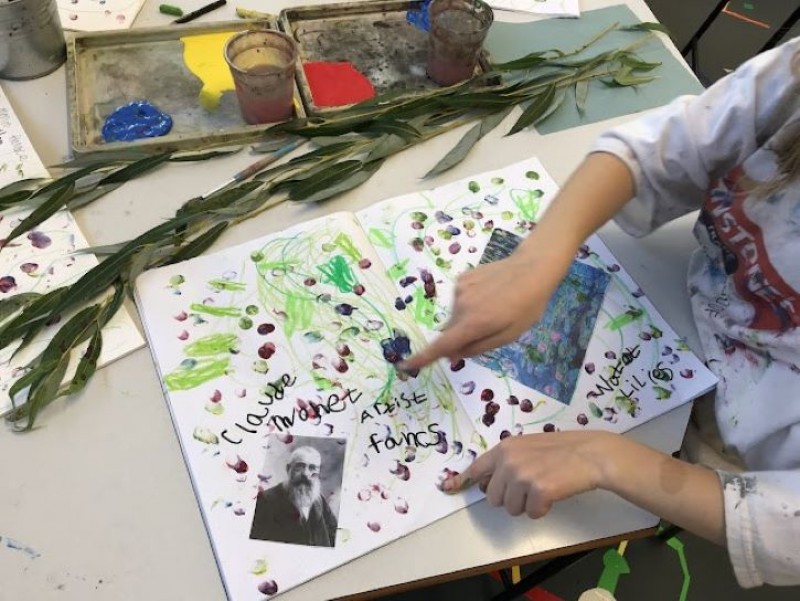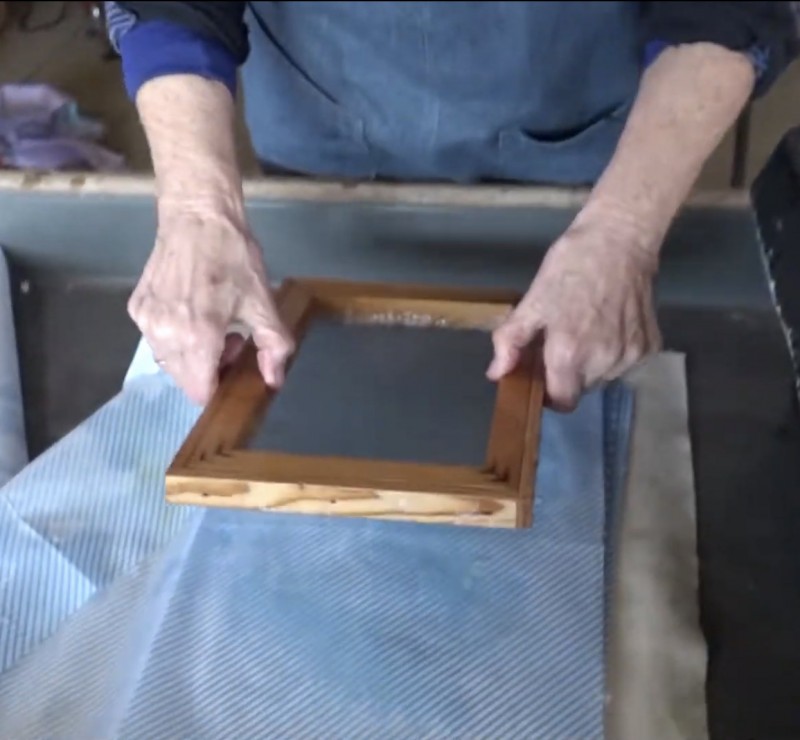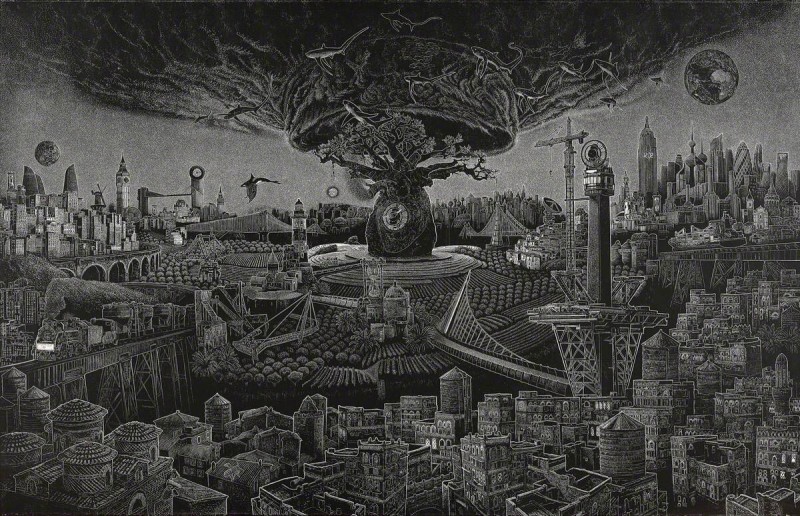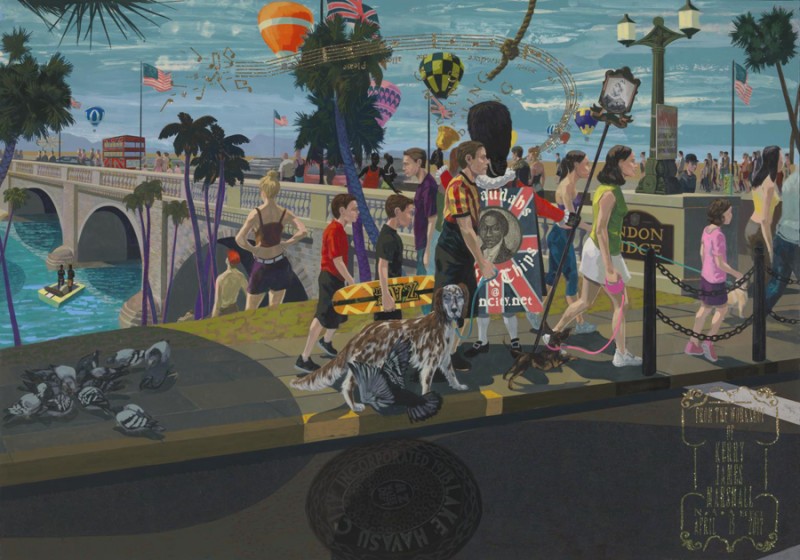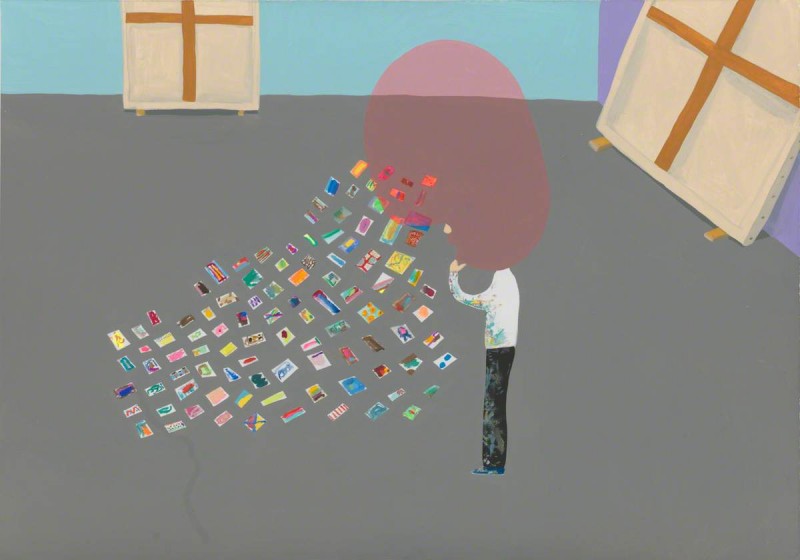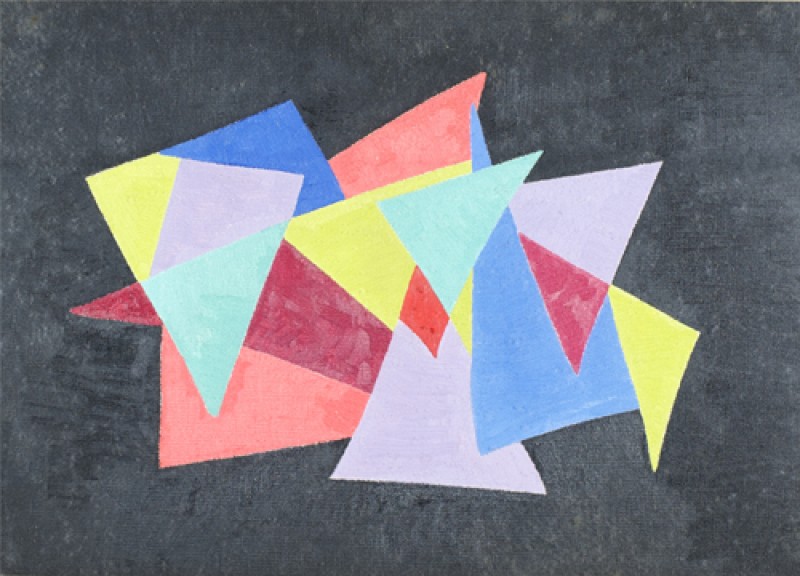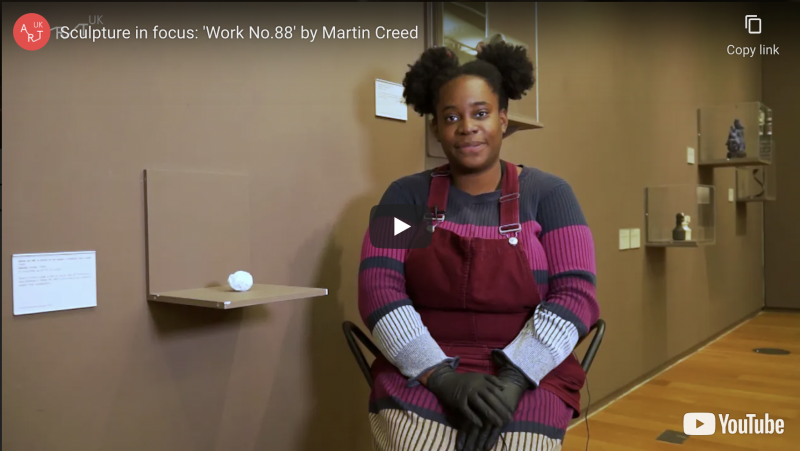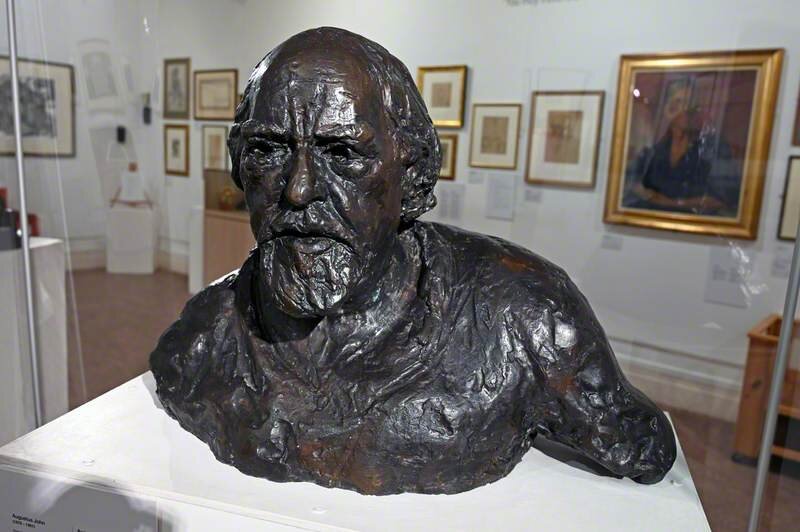Searching for artworks to write about
If you already have an artwork or artist in mind, you can use Art UK's artist search or artwork search to find them. But if you're not sure what you're looking for yet, there are lots of places to start your quest on Art UK. You could choose an art movement that sparks your interest. Or a topic that is close to your heart. Or pick an artwork completely at random with artwork shuffle.
Our page, tips for writing, offers more help with searching for art, and previous winner Viola Harrin Turrell has some tips too:
Choosing an artwork
Once your search is underway, it might be useful to keep a shortlist by creating a Curation, which is an online space to collect and keep notes on the artworks you find on Art UK.
When you have a shortlist, it's time to choose the work you will write about. Here are a few ideas to try:
- Look through your shortlist, then spend some time away from it. Which shortlisted artwork can you picture most clearly in your mind? Can you draw any of them from memory?
- Annotate your shortlisted artworks with questions. Which artwork provokes the most questions? Which artwork raises questions that really stir your curiosity?
- Work through your shortlist, noting down one word you associate with each artwork in turn. Repeat this a few times (or keep going until your run out of words). Review your lists of words – do you have a favourite?
Looking at your chosen artwork
You will draw upon your observations of the artwork in your writing, so, as previous second-place winner Felicity Mackenzie points out in her video, you need to really look at the artwork you have picked. Editor of Apollo art magazine Thomas Marks' advice on writing about art is to 'start with the experience of your eyes', but the average time a gallery visitor will spend looking at one artwork is 32 seconds, so looking long and hard doesn't come naturally to most of us. Here are some exercises you can try to practice your observation skills.
Compare pairs
As a warm-up, test your observation skills by choosing a pair of similar artworks from the selection below and comparing them.
- What do both artworks share in common?
- How are they different?
- Do they make you feel the same way?
- If not, can you identify why not?
- Which do you prefer, and why?

